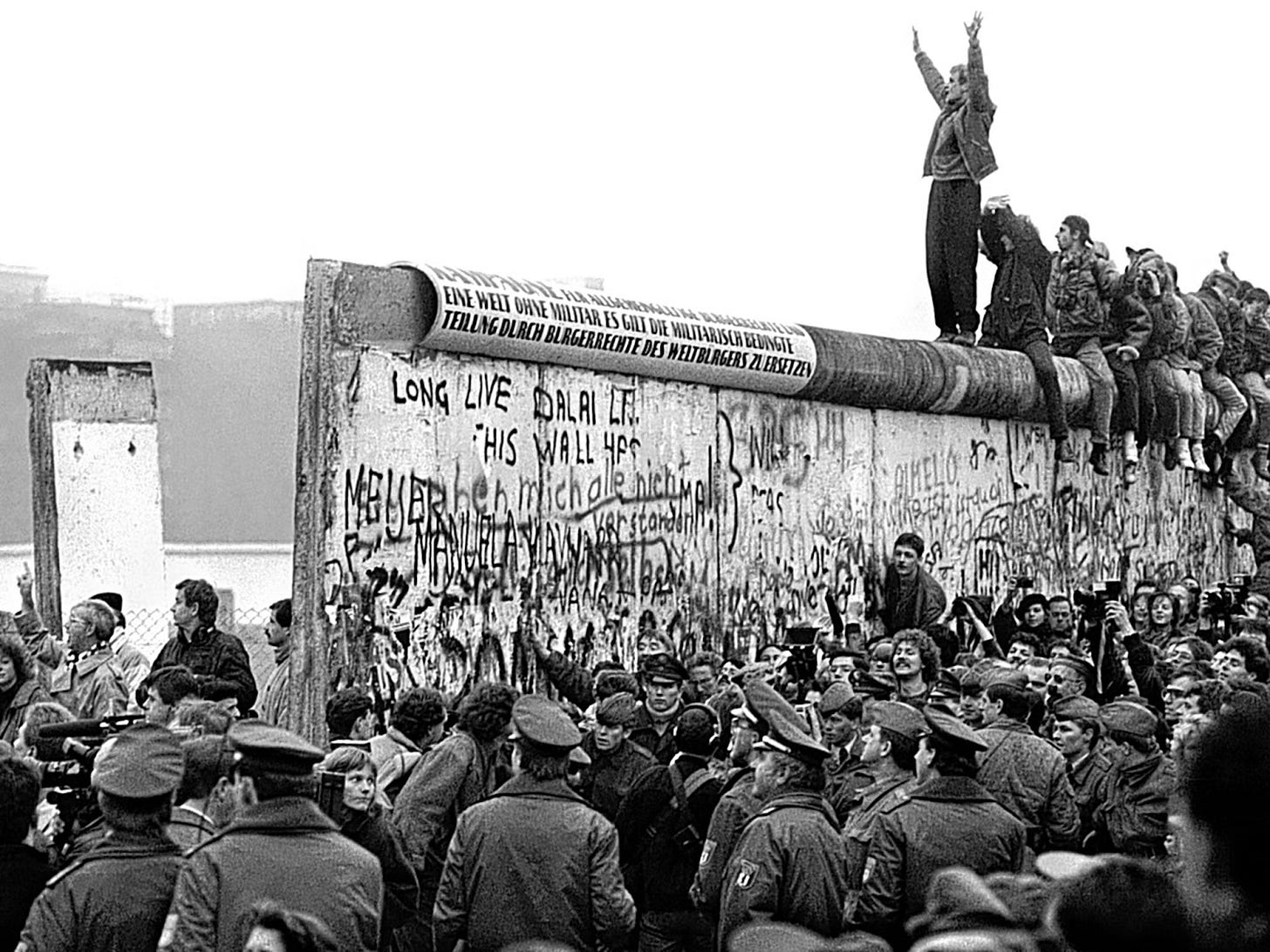Remaking the World Order
Why world civilizations are at war...
Future wars won’t just be fought between nations; they’ll be fought between civilizations.
That is, according to political scientist Samuel P. Huntington and his controversial thesis presented in The Clash of Civilizations and the Remaking of World Order (1996). Huntington’s argument challenged the dominant post-Cold War assumption that ideological or economic rivalries, like capitalism versus communism, would continue to define global politics.
Instead, he claimed that the defining fault lines of the 21st century would be cultural and ultimately civilizational with religion taking a lead role.
Reminder: To get our members-only content every week and support our mission, upgrade to a paid subscription for a few dollars per month. You’ll get:
Two full-length, new articles every single week
Access to the entire archive of useful knowledge that built the West
Get actionable principles from history to help navigate modernity
Support independent, educational content that reaches millions
Cold War to Cultural War
Already during the Cold War, the world had teetered on the edge of nuclear war between the capitalist West and communist East. At face value, this conflict appeared to be ideological: market-driven democracies opposing centrally planned authoritarian regimes.
But Huntington looked deeper. He believed this wasn’t just about economics or governance. These blocs, he argued, were rooted in fundamentally different civilizations.
The United States led a Western civilization grounded in individualism, secularism, and Protestant-Catholic religion. The Soviet Union, meanwhile, while communist in theory, was shaped by centuries of the Eastern Orthodox tradition and a collectivist ethos distinct from the West. Beneath the politics was a deeper divide in worldview and identity.
While the West “won” the Cold War, Huntington warned that a more complex and global era of civilizational clashes was dawning.
The New Powers at Conflict
But what does Huntington mean by “civilization”?
A civilization is the broadest cultural identity people can meaningfully hold: more comprehensive than nations, yet not quite global. Civilizations are shaped by common history, language, values, institutions, and above all, religion. Unlike political ideologies, which can shift quickly, these deeper cultural patterns endure for centuries.
In his framework, Huntington identified a handful of major civilizations that shape global affairs.
The leading world power has been Western Civilization at least as far back as the late Medieval period. Western Civilization now includes the US, Canada, Western and Central Europe, and Australia. Whether to include Latin and South America as part of the “West” is an ongoing debate, as these generally exhibit a unique blend of Catholicism, indigenous cultures, and post-colonial development. Overall, the West historically owes its character to Catholic and Protestant Christianity, liberal political traditions, and capitalist economies.
Sharing a common root with Western Civilization in the Roman Empire, the Orthodox Civilization consists largely of Russia (emerging from the Byzantines) and other former Soviet states with Eastern Orthodox roots. Though once part of a communist bloc, these nations retain a distinct cultural and religious identity.
A third civilization is the Islamic Civilization, spanning North Africa, the Middle East, and parts of South and Central Asia. This bloc is united by the Islamic faith, though deeply divided internally between sects and ethnicities. Iran, Pakistan and Egypt are some leading powers from this civilization.
Dominated by China, a fourth civilization is called the Sinic Civilization. This civilization primarily includes areas influenced by Confucian culture, such as Korea and Vietnam. Huntington saw this bloc as distinct for its emphasis on hierarchy, social harmony, and collective order.
A fifth civilization is that of the Hindus. Centered in India and Nepal, this civilization reflects the complex traditions, spiritual beliefs, and historical experiences of the Indian subcontinent, especially those elements distinct from British colonialism that infused Western elements into their culture.
Further eastward, the Buddhist Civilization includes nations like Thailand, Myanmar, and Cambodia, influenced by Theravada and Mahayana Buddhist traditions.
Huntington also believes Sub-Saharan Africa may constitute another distinct civilization in the making. This would include nations like Ghana, Ivory Coast, and Liberia.
Other nations — such as Japan, Israel, Ukraine, Turkey, and South Africa — he classifies as "cleft" nations, whose cultural identity sits at the intersection of larger civilizations or is internally divided due to historical or political circumstances. These nations stand apart or in transition between other civilizations and in several instances are already revealing themselves to be flashpoints in the clash of civilizations.
So why do they clash?







